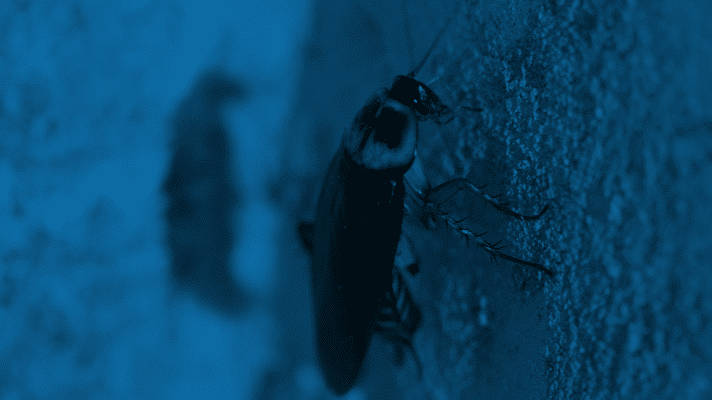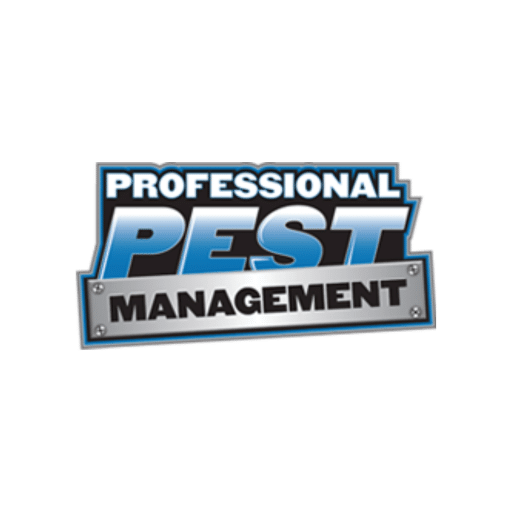Tips to Nix Cockroach hot spots!

Cleaning Tips to Nix Cockroaches
Sharing our homes with family and friends is a delight but when guests of the creepy, crawly nature embrace our hospitality, that delight turns to disgust. And roaches are usually at the top of the list of unwelcome visitors. Hospitality to a cockroach looks like a smattering of crumbs on counters and floors, moderate temperatures (not too hot or too cold), dark recesses for relaxing, and a dripping pipe or leaky faucet offering a cool drink. They spread germs as they eat their way through garbage and food scraps, then crawl across counter tops and utensils. The germs could make you and your family sick, plus cockroaches are known to cause allergies that can trigger asthma for some people. Fortunately, there are several things you can do to roll up the cockroach welcome mat.
First, it’s good to know which sort of bug you’re up against. There are a few different types of roaches that like to invade our homes. They include German cockroaches, which get about half an inch long and are a brown color with two darker stripes behind the head. Another common one is the American cockroach, which gets up to 2 inches long and has a reddish brown color with a yellow patch behind the head. Both of these types have wings; American cockroaches will take short flights with theirs but German cockroaches rarely fly. Asian cockroaches, usually found in warmer areas like Florida, look similar in size and color to German ones, but they do fly.
1. Seal the Entrances
Cockroaches are most actively trying to get indoors when summer heat causes them to seek cooler hiding places or in fall to ride out the winter. They enter homes through cracks and crevices in doors, windows, and foundations. You can avoid an infestation by preventing the bugs from coming inside in the first place. Close gaps around windows and doors with weatherstripping and seal up cracks with caulk.
2. Go on Crumb Patrol
Food scraps, including tiny crumbs that you might not notice at a glance, are calling cards for roaches. Armed with a broom and a vacuum, give your floors a thorough cleaning regularly. Make sure to pull appliances away from the wall to clean underneath them. Pay special attention to kitchen floors. Eliminate crumbs from counters by wiping them down regularly with an all-purpose cleaner. Make it a habit to wipe down counters in food areas every evening because roaches are most active at night when no one is around. Prevent crumbs from spreading throughout the house by confining all eating to the kitchen or dining room.
3. Focus on the Kitchen
Cockroach prevention in the kitchen is one of the most effective ways to keep roaches away. Be vigilant about cleaning up spills and teach kids to do so, too. Keep cleaning products, such as all-purpose cleaner, and paper towels at the ready. Take out garbage daily or store it in a sealed container. Unwashed dishes and bits of food left in the sink overnight are a chief source of food for roaches. Clean dishes daily, never leaving them in a sink overnight.
4. Store Food in Sealed Containers
Cockroaches can chew through cardboard and thin plastic that many food products are stored in. If you suspect a roach infestation, transfer food to sealed, solid containers. From cereal to flour to chocolate chips, all products in thin packaging are susceptible. For quick and easy protection on a large scale, store food in its original packaging in large, sturdy plastic bins.
5. Dry Up Moist Areas
Dripping faucets and leaky pipes attract roaches. Check areas behind toilets, under sinks, and throughout basements for moisture. Fix leaking pipes and faucets. Employ a dehumidifier to dry moist areas in the basement.
6. Declutter
Clutter stands in the way of a clean home. Trying to wipe down areas in and around non-essential items, especially in the kitchen, has the potential to curtail your best cleaning intentions. Simplify your space by designating storage places for small appliances and other elements that clutter countertops where food is prepared. Donate what you don’t use regularly and enjoy the ease of cleaning without moving around rarely-used items.
How to Get Rid of Cockroaches
If it appears roaches have invaded your home, take action immediately. While they’re on the move more and reproduce faster during the warmer months, they can quickly become a problem any time of year if your home is providing all the food, warmth, and moisture they need. Cockroaches can reproduce quickly, doubling their population every few weeks. To quickly reduce a cockroach population, get out your vacuum. Using the hose attachment, vacuum them up, pulling appliances away from the wall to find the roaches as necessary, and then remove the vacuum bag, seal it in a plastic bag and dispose of it outside right away.
After initially reducing the population through vacuuming, it’s time to get serious about cleaning deeply, eliminating all sources of food for cockroaches. Fix leaky faucets and declutter to make daily, thorough cleaning possible. Then, polish off any remaining roaches with some targeted insecticides.
How to Use Cockroach Baits
University experts have found cockroach baits, available at hardware stores and other places that sell pest control products, to be effective. These insecticide baits come in small plastic containers, called bait stations, or as a dispensable gel. Safe for the environment and not harmful to pets or people, baits require patience. It takes several weeks to see results. Place baits next to walls or flush in corners where roaches travel. Baits are also effective near floor or sewer drains and in damp crawl spaces.
You may want to call in a professional to help you if you have a large infestation. Trained to apply pesticides safely, professionals will inspect your home and suggest a treatment plan. If you live in a multi-family dwelling, it’s important that neighbors take cockroach prevention action, too. Work together to send unwelcome bugs packing!
NPMA Staff Monday, February 23, 2015
The National Pest Management Association offers essential methods for cockroach prevention.
FAIRFAX Va.: There are few sights more jarring than a cockroach scuttling across the floor of your own home. These hardy pests aren’t just creepy — the National Pest Management Association (NPMA) warns that they also pose significant threats to human health. Cockroach saliva, feces, and decomposing body parts can cause allergic reactions and trigger asthma symptoms, and they can also spread 33 kinds of bacteria, including Salmonella and E. coli.
“Cockroaches are notoriously difficult to control, but taking preventative measures is necessary to protect human health,” said Missy Henriksen, vice president of public affairs for the NPMA. “Now is the perfect time to conduct a thorough inspection of the home and begin practicing cleaning habits that can prevent a cockroach infestation from taking root.”

According to the NPMA, proper sanitation and eliminating sites of moisture are best practices to keep in mind, and the following tips can also keep cockroach hot spots pest-free:
- Kitchen: Keep counters, sinks, tables, and floors meticulously clean every day. Clean dishes, crumbs, and spills right away, store food in airtight containers, and always avoid leaving food out—including pet food. Vacuum any crumbs stuck in corners and around cabinets and regularly clean cabinets out with soap and water. Check under sinks and clean under appliances for moisture issues.
- Bathroom: Cockroaches are attracted to moisture and can only survive for a week without water, so always wipe up standing water around sinks, tubs, and toilets. Fix leaky faucets and ensure sinks are clear of water before bedtime—cockroaches are nocturnal and will typically emerge to search for water and food at night when the house is dark and quiet.
- Basement: Eliminate clutter where possible to reduce hiding spaces for cockroaches. Basement windows and areas where weather-stripping has become worn are frequent points of access for cockroaches, so homeowners should be sure to seal any cracks or crevices that these pests could use to enter the home.
For more information on cockroaches, visit Professional Pest Management


Related Articles
Professional Pest Management © Copyright 2022 - All Rights Reserved
